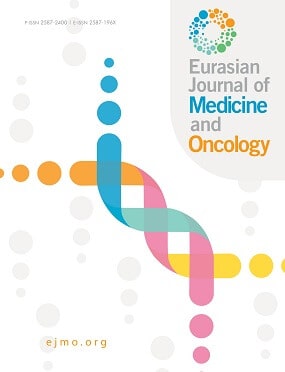

Acute Pelvic Inflammatory Disease
Sankhadip Dolui1, Sneha Manna1, Aditya Mandal11Department of Biotechnology, Indian Academy Degree College – Autonomous, Hennur Main Road, Bangalore, Karnataka, India,
Pregnant women of reproductive age continue to be a major public health concern. It is linked to serious long-term consequences such as tubal factor infertility, pregnancy, and persistent pelvic discomfort. Furthermore, the treatment of acute PID and its consequences incurs significant healthcare expenses. Preventing these long-term consequences requires doctors to have a high index of suspicion in order to make an early diagnosis and devise treatment methods based on the understanding of the microbiologic etiology of acute PID. A polymicrobial infection is widely regarded as the cause of acute PID. In many cases, sexually transmitted organisms such as Neisseria gonorrhoeae and Chlamydia trachomatis are present, while microbes from the endogenous vaginal and cervical flora are usually associated with PID. This comprises anaerobic and facultative bacteria, which are related to bacterial vaginosis. Mycoplasmas of the vaginal tract, most notably Mycoplasma genitalium, have lately been linked to acute PID. As a result, treatment regimens for acute PID should include wide spectrum coverage that is effective against these pathogens. Keywords: Pelvic inflammatory disease (PID), Genital tract inflammation, Sexually Transmitted Disease (STD).
Cite This Article
Dolui S, Manna S, Mandal A. Acute Pelvic Inflammatory Disease. EJMO. 2024; 8(1): 9-14
Corresponding Author: Sankhadip Dolui



